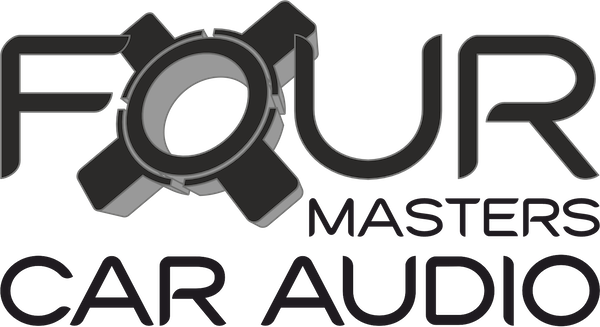
Signal Processors
The ability to be able to shape sound so that it sounds natural in an unnatural environment such as a car is essential but they have found another more important role in the modern day car. Signal processors are not new but have gone through leaps and bounds in the last two years.
Signal processors have a vital role to play in manipulating sound in the digital domain to get the best out of the equipment it drives and in particular amplifiers and speakers. In short, if you feed a distorted and unpleasant signal into any amplifier you will get the same unpleasant mess out of the other end only louder and so there is huge benefit in purifying signals in the digital domain before they are made bigger! This is even more important for the system builder working with factory fitted entertainment systems that often have falsely tweaked sound curves to make up for deficiencies in cheap speakers. In certain cases if you wish to have a system built around a factory fitted system you will be obliged to use a signal processor to put back the things that car manufacturers take out to make their inferior systems almost bearable!
However, a signal processor must neither add nor take away anything from the signal that is input to it unless by deliberate action and therefore, circuitry has to be completely transparent. FOUR MASTERS benefit from access to two of the finest signal processors available namely,Audison bit one and Audison bit TEN from audison. Both contain high-powered processors capable of analysing, dissecting and rebuilding sound in the digital domain. Keeping it as simple as possible, these devices contain the worlds’ most sophisticated tone controls also known as equalisers. Those of a certain age will remember when graphic equalisers were all the rage and in fact these two devices carry out a very similar job but use a connected computer rather than a vast array of knobs and controls to boost or attenuate selected frequency bands. Furthermore, because they work in the digital domain they can do their thing without introducing any noise or distortion unlike the analogue versions of days gone by.
But as well as adjusting tone, these processors are capable of adding delay to selected channels the theory being that by delaying the signal from the speaker nearest your ear slightly, the sound will arrive at exactly the same time as that from the speaker furthest away. This is of course an indulgence for the person sitting in the predetermined “sweet spot” as this adjustment will work only for one listening position.
So, why have two products that do the same job? The bit one and bit ten differ in terms of their number of analogue and digital inputs and outputs and also minor differences in the type of cut off filter and frequency steps available in the crossover, but leave it to your FOUR MASTER to advise you on the most suitable choice. They will take care of everything including set-up and installation of a digital remote control which allows basic changes to level and amount of bass to be made as well as selecting between sound settings.
On a final note both models provide installers with additional auxiliary inputs. These can be used to inject the audio signal from a portable music device such as Pod or MP3 player or even the voice guidance from a navigation system.
Find out what our partner, The FOUR MASTER Network, can do to bring Hi-Fi quality to your car. Simply put some brief details into the form below.
Not ready for that yet? You can use the same form to book a demonstration at your home, place of work or with your local FOUR MASTER
